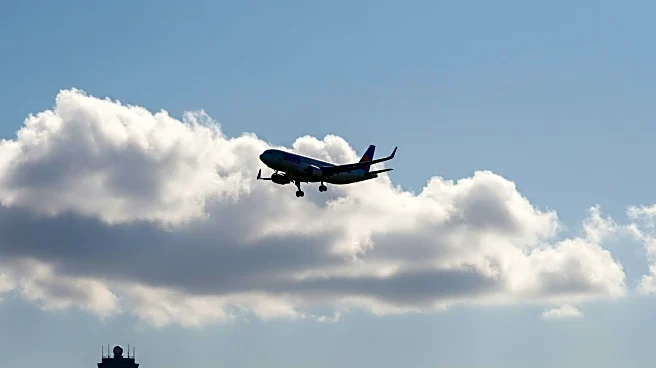Rapid Read • 7 min read
The Federal Aviation Administration (FAA) has finalized the MOSAIC rule, which significantly modernizes the light sport aircraft category. This rule expands sport pilot privileges, allowing for larger and more diverse aircraft, including rotorcraft and powered-lift vehicles. The changes include increasing the number of seats from two to four and lifting restrictions on propulsion types, enabling electric and hybrid designs. This development is expected to benefit advanced air mobility (AAM) and business aviation sectors by facilitating innovation and reducing certification costs for new aircraft designs.
AD
The MOSAIC rule represents a major shift in aviation regulation, promoting innovation and flexibility in aircraft design and certification. By allowing more diverse propulsion systems and larger aircraft, the rule supports the growth of the AAM sector, which includes electric vertical takeoff and landing (eVTOL) vehicles. This could lead to increased sustainability and efficiency in aviation, as well as lower costs for manufacturers and operators. The rule is expected to attract more pilots and manufacturers to the industry, potentially boosting economic activity and technological advancement.
The implementation of MOSAIC will occur in phases, with changes to pilot privileges effective within 90 days and aircraft certification rules taking effect in a year. Manufacturers and developers in the AAM sector will likely accelerate their efforts to design and certify new aircraft under the updated regulations. The industry will monitor the impact of these changes on market dynamics and innovation, with potential for increased investment in sustainable aviation technologies.
The MOSAIC rule could lead to a paradigm shift in personal mobility, enabling private ownership of advanced aircraft and fostering a new market segment. The rule's flexibility may encourage startups to pursue novel designs, contributing to a more diverse and competitive aviation landscape. Additionally, the focus on sustainability aligns with broader environmental goals, potentially influencing public policy and consumer preferences.
AD
More Stories You Might Enjoy











